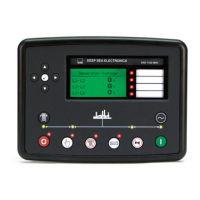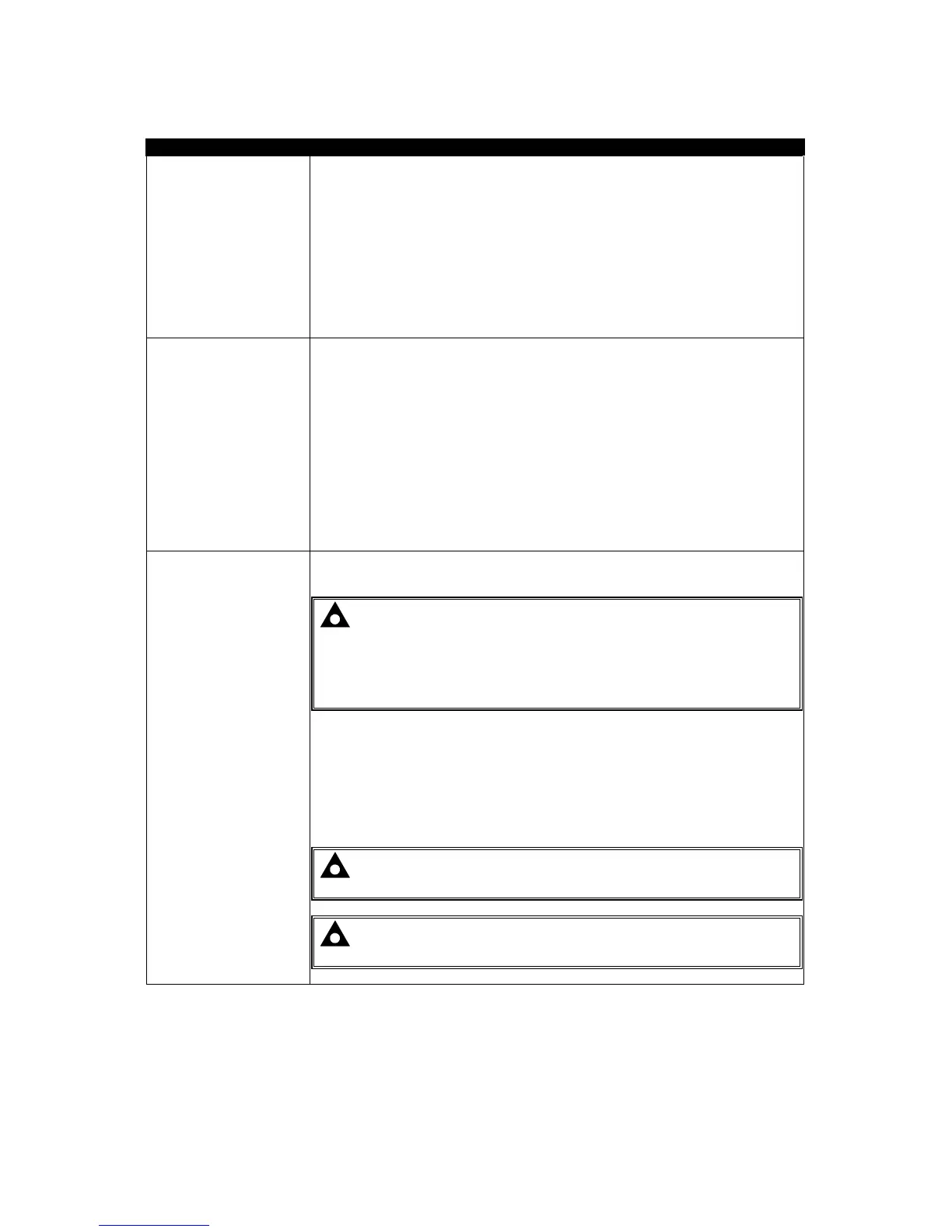Starting options Used to configure how the load demand scheme will operate upon start-up.
Start all sets initially: Upon activation of the load demand scheme, all sets in the
system will start up and parallel onto the generator bus. Then they will stop / start
according to load demands. This option is particularly recommended in Multiset
mains standby applications where the load is likely to be greater than the capacity
of a single set.
Start sets as load requires: Upon activation of the load demand scheme, only
one set will start initially. Other sets in the system will only be started according to
demand. This option is recommended for mutual standby systems where the load
is likely to be less than the capacity of a single set.
Balance engine hours Used in a Multiset system so that the engine’s priority changes according to the
amount of usage of the set.
For instance in a two set system.
Set 1 has logged 100 running hours
Set 2 has logged 20 running hours
Balance engine hours are configured to 75 hours.
As Set 2 has logged 80 hours less than Set 1. As this is greater than the
configured 75 hours, Set 2 will be the highest priority set.
If all sets are within the configured Balance Engine Hours value, then the set
Priority Number (See SCADA | Maintenance page) is followed.
Calling for less sets
The load level at which the DSE controller
decides that generating set capacity can be reduced by dropping sets off the bus.
NOTE: The module will calculate the load levels left on the remaining
sets if it should remove a set. This prevents the system from reaching a
point where the load is such that one sets starts and stops repeatedly. As a
result, the system will not take action when the % on each generator is
slightly below the setting for less sets, but instead the level will need to fall
much lower until the excess set is call to stop.
Once the load is below this level, the lowest priority set in the sequence
(determined using the Genset Run Priority) will begin its stop delay timer. Once
this has expired, the set will ramp off load and stop. Should the load level rise
above this set point during the stop delay timer, then the timer is cancelled and
the set will continue to supply power to the load.
This allows for short term drops in load, without decreasing supply capacity, only
for it to be increased again a short while later.
NOTE: It is recommended that each set in the system have the same
value configured for this parameter.
NOTE: When the module assumes that the load is at the bottom of the
ramp the breaker will open.

